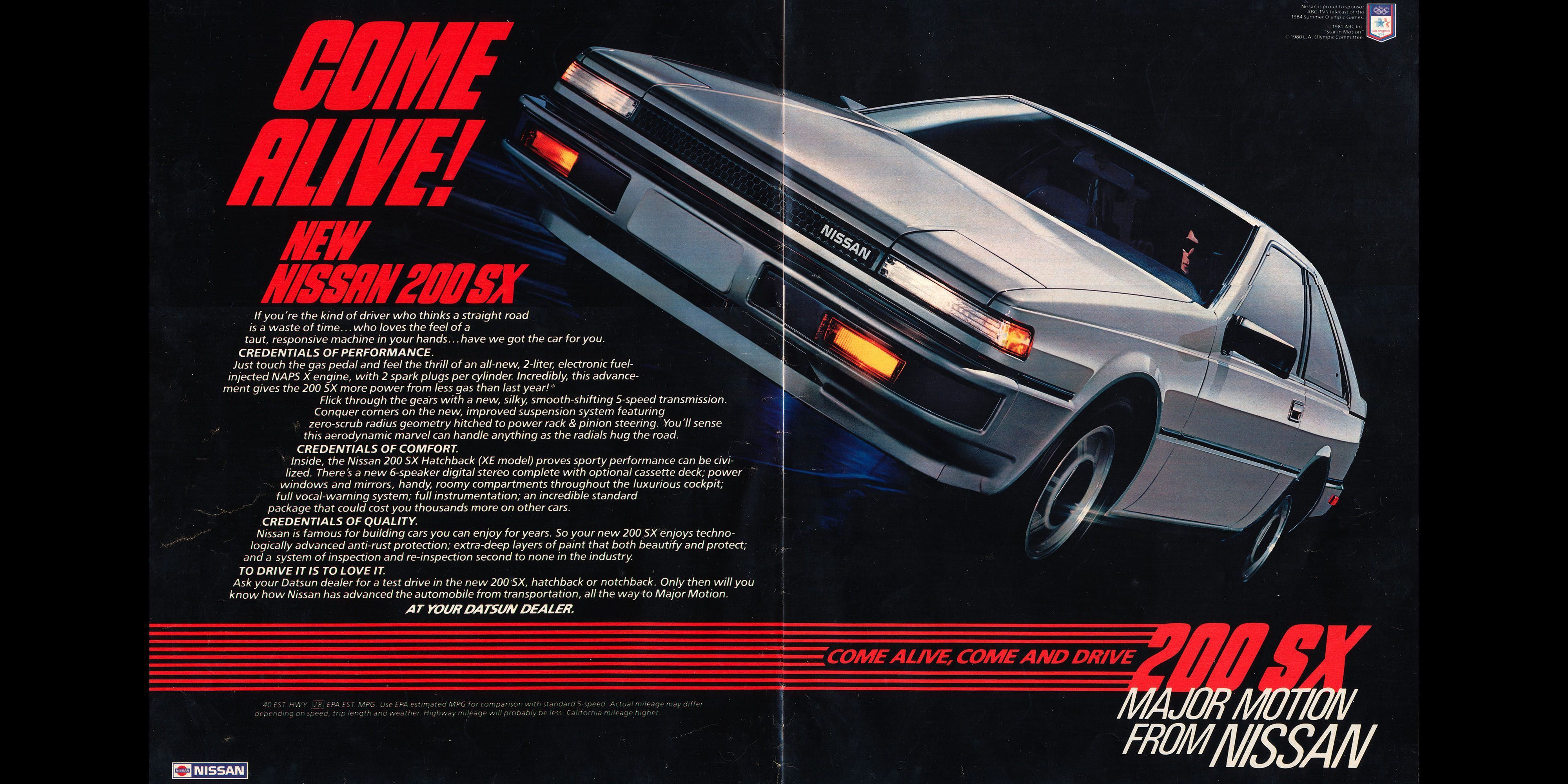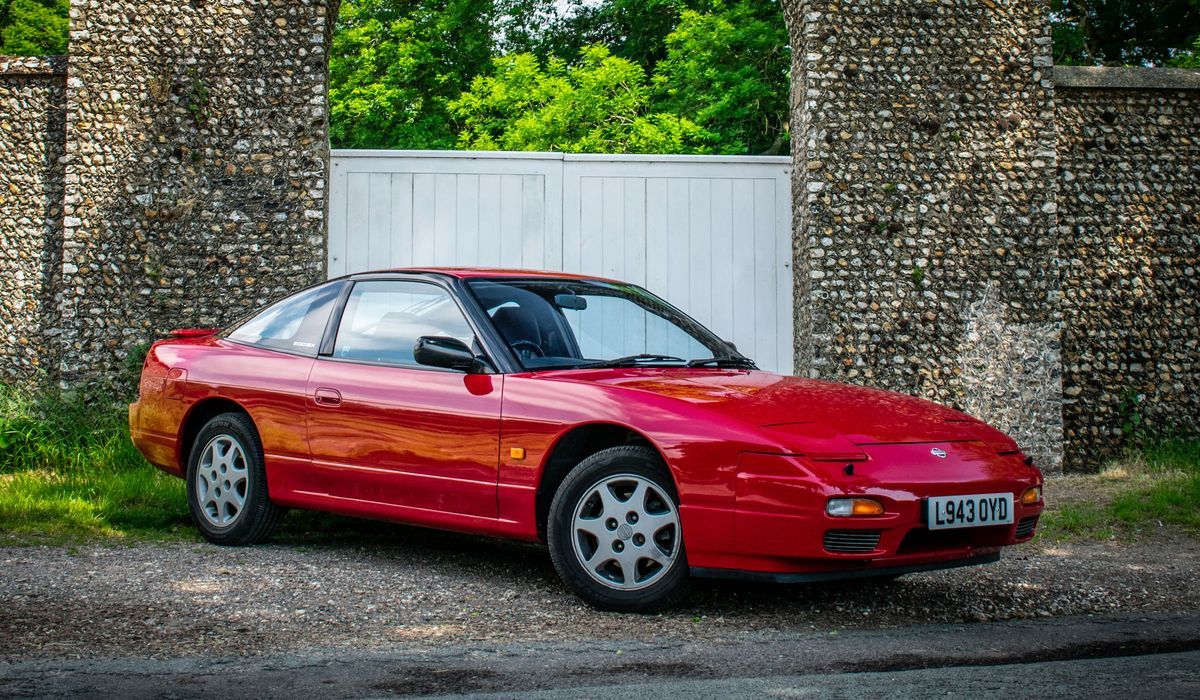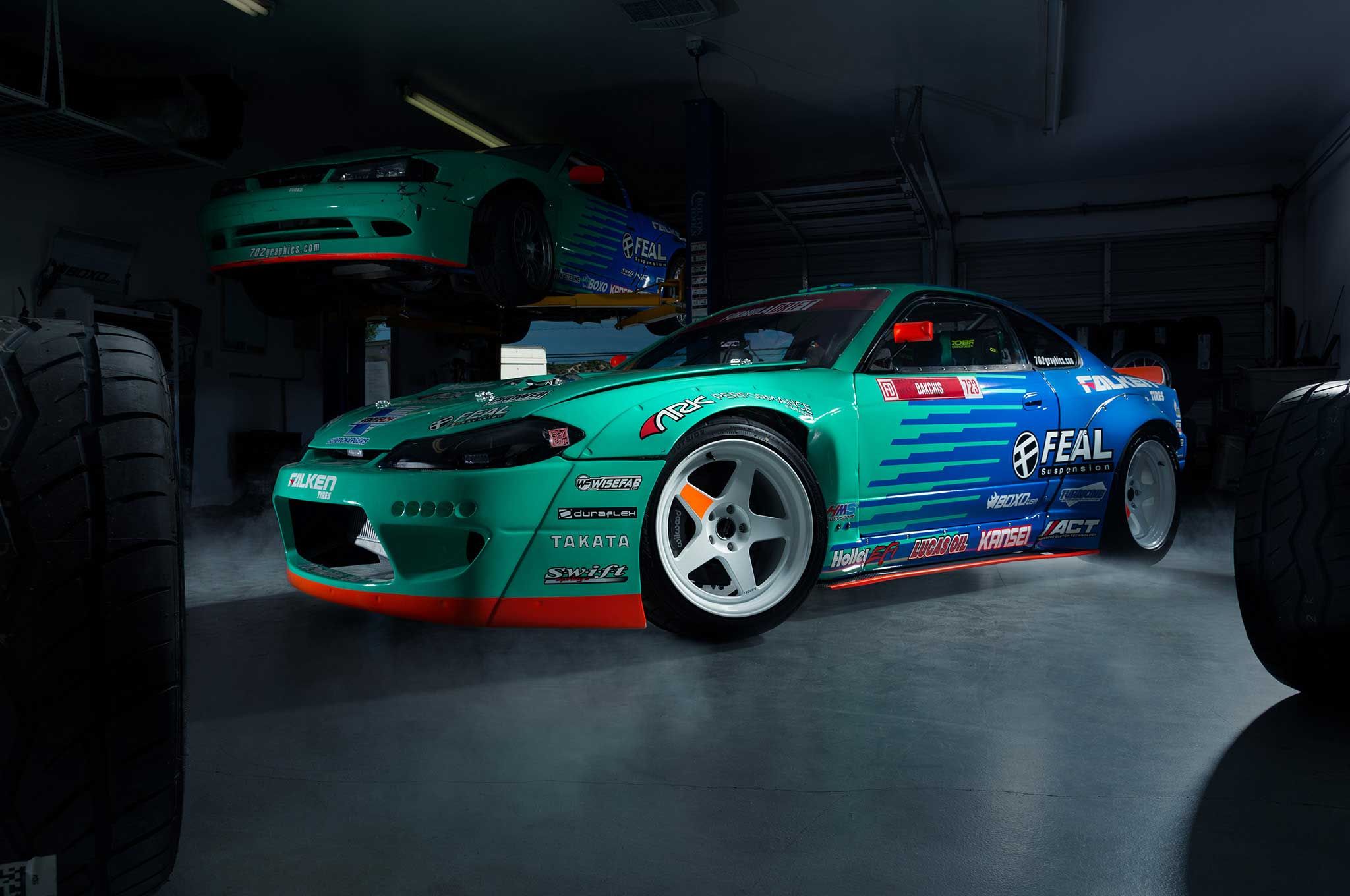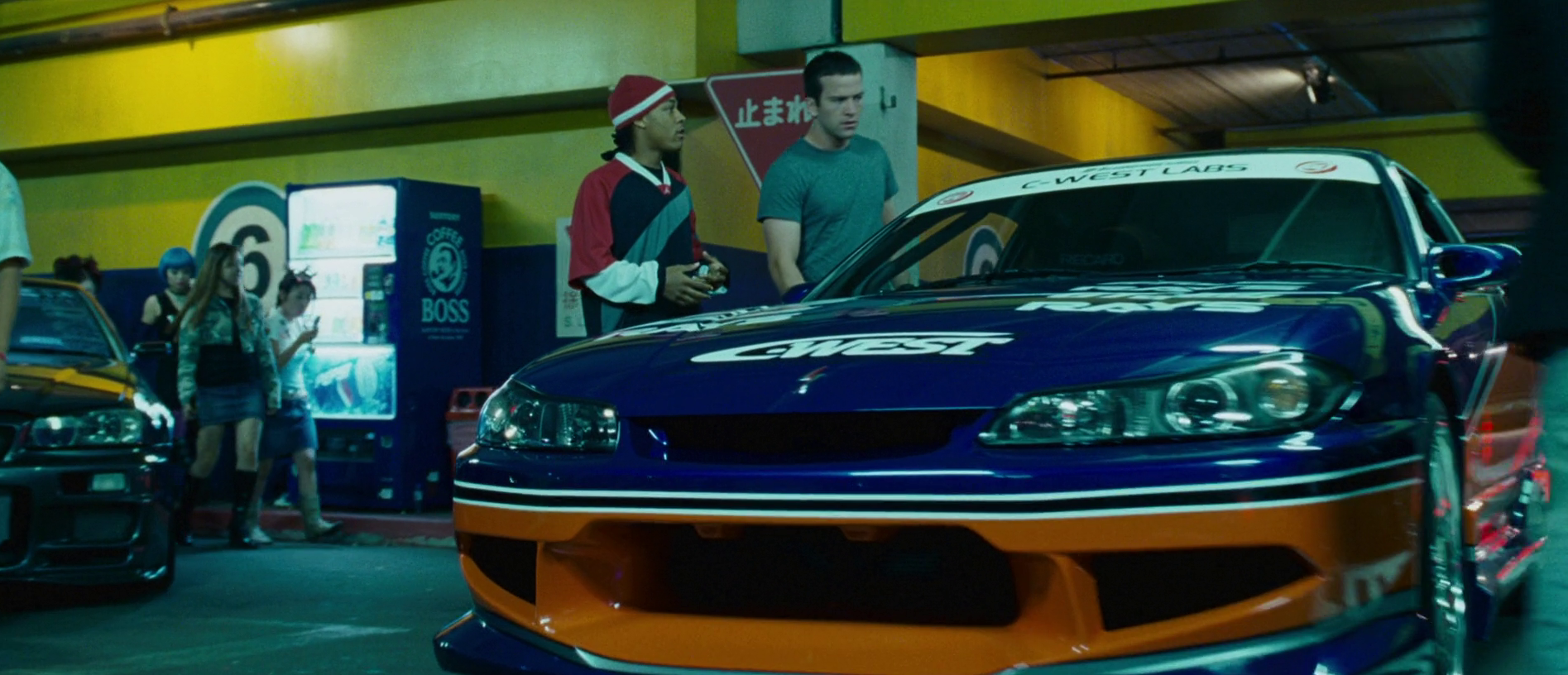Where did we get lost? Some 25 years ago, there were more than a dozen small, affordable, sporty cars on the market, and now they're nearly extinct. Nearly all of the major automotive marques made at least one, if not several cheap, fun sports cars.
It was a highly competitive segment into the early 2000s, and no one was competing harder in the segment than the Japanese. Brands like Mazda, Toyota, and Nissan were all having it out to try and outsell the other.
Odds are, just the mention of any of these brands brings to mind one of their small sports coupes. Many of these vehicles are ingrained in the collective automotive hive mind, and arguably none more so than the Nissan 200SX, better known as the Silvia, and its relatives.
Let's take a closer look at the Nissan 200SX.
Cryptic Origins
200SX is a name that carries real weight within the automotive community, but its origins are more than a little tricky to decipher. The sporty coupe was based on the same underpinnings for nearly thirty years. Each model can be differentiated based on the letter "S", in reference to the platform, followed by a number.
For example, the most famous, the S15, was produced from 1999 to 2002 and was based on an evolution of Nissan's S architecture. While the nomenclature can be confusing, it hides something that benefitted Nissan more and more with each passing year.
By using the same front-engine, rear-wheel drive layout, Nissan was able to refine the formula more and more with each successive iteration (think Porsche 911). The very first model based on the S platform was the S10 and was the first to use the Silvia name, but only in Japan. In North America, the car was sold under the 200SX nameplate.
Notably, both models were produced with hand-made body panels. However, initial sales of the first generation S models were poor, and it would take Nissan a very long time to realize they needed something more to add appeal to the platform.
A Competitive Spirit
When Nissan initially took its S platform cars racing, they had their eye firmly on the World Rally Championship with the second generation of the platform, the S110. The S110 raced with some success from 1983 untill 1985, with its best result coming in New Zealand in '83, where the car finished second overall.
With their rally hopes dashed by the end of the '85 season, and sponsorships drying up, Nissan would only make one final attempt at the 1988 Safari Rally, where they were was bested by Lancia's Delta Integrale. In later model years, S platform cars were raced with great success in a number of touring car races, both in Japan and across the world. But it wouldn't be until the advent of drifting in motorsport that the S platform would truly hit its stride.
Building on the same platform means that eventually, one aspect of the platform will stand out more than others. For the last several decades, the word "Silvia" has meant one thing: Drifting. When a manufacturer makes a small, rear-wheel drive car, people will do skids in it. Car freaks were seen skidding around in S platform cars when Moses placed the Ten Commandments in the Ark of the Covenant, and they were there doing skids when Indiana Jones opened it again.
Oddly enough, the factors that led to the S platform's drifting fame were laid in place well before the inaugural 2004 season of Formula Drift. Grainy, 90s era footage of Japanese teens (and adults) ripping around toge's in Silvias can be found all over the internet, and a manga by the name of "Initial D" only made the car more popular for drifting.
This, combined with the massive aftermarket support found in a decades-old platform, meant that up until recently, S chassis cars have remained accessible to nearly anyone; unless, of course, you live in North America, where we never get anything cool. However, it wasn't just Initial D that made the later generations of the Silvia cool.
A Cultural Shift
2001 was a great year for motoring. Schumacher was just hitting his stride at Ferrari, winning his second title of four. Legendary cars like the Murcielago and the E46 M3 were beginning to show up on the streets. A d-list movie called "The Fast and the Furious" had just come out.
That movie triggered a cultural shift within the car community; it was a reflection of trends present in the emerging tuner scene and probably generated police departments more revenue in speeding tickets than the movie grossed at the box office. JDM cars were at the forefront of the movie, which then pushed them into the spotlight on the street.
Millions of broke teenagers needed a taste of Brian O'Connor's ten-second car, and the Japanese sports coupes of the '90s gave it to them. Demand for these cars was low, and many could still be had in good nick. Silvias and other cars like them were modified, raced, crashed, and raced again.
There's an argument to be made that without the tuner culture of the late '90s and early 2000s and the Silvia, there would be no Formula D, hell, no Fast and Furious. The Silvia line represents much more than a brand at this point. The ideals present in the platform represent an entire generation of enthusiasts.





